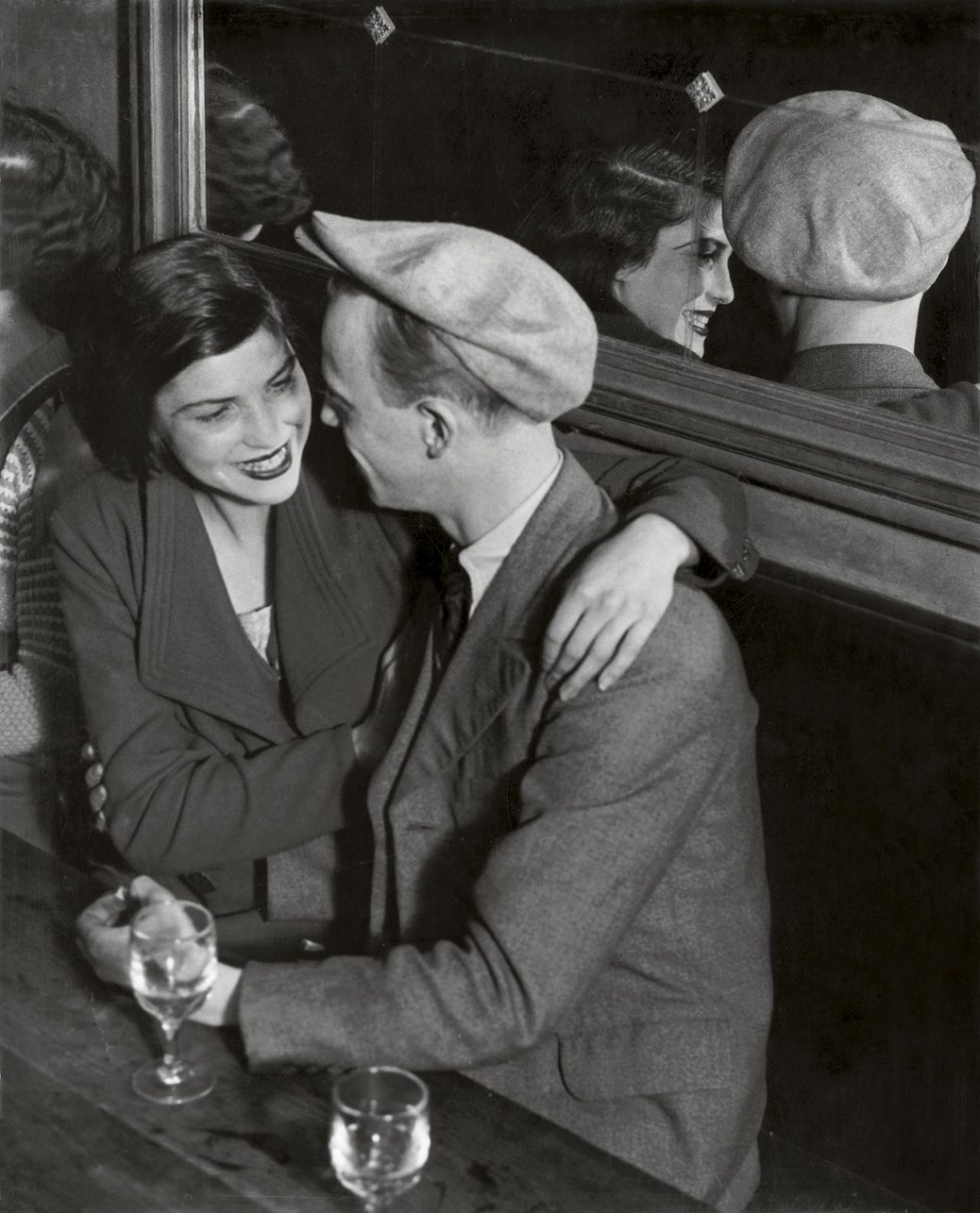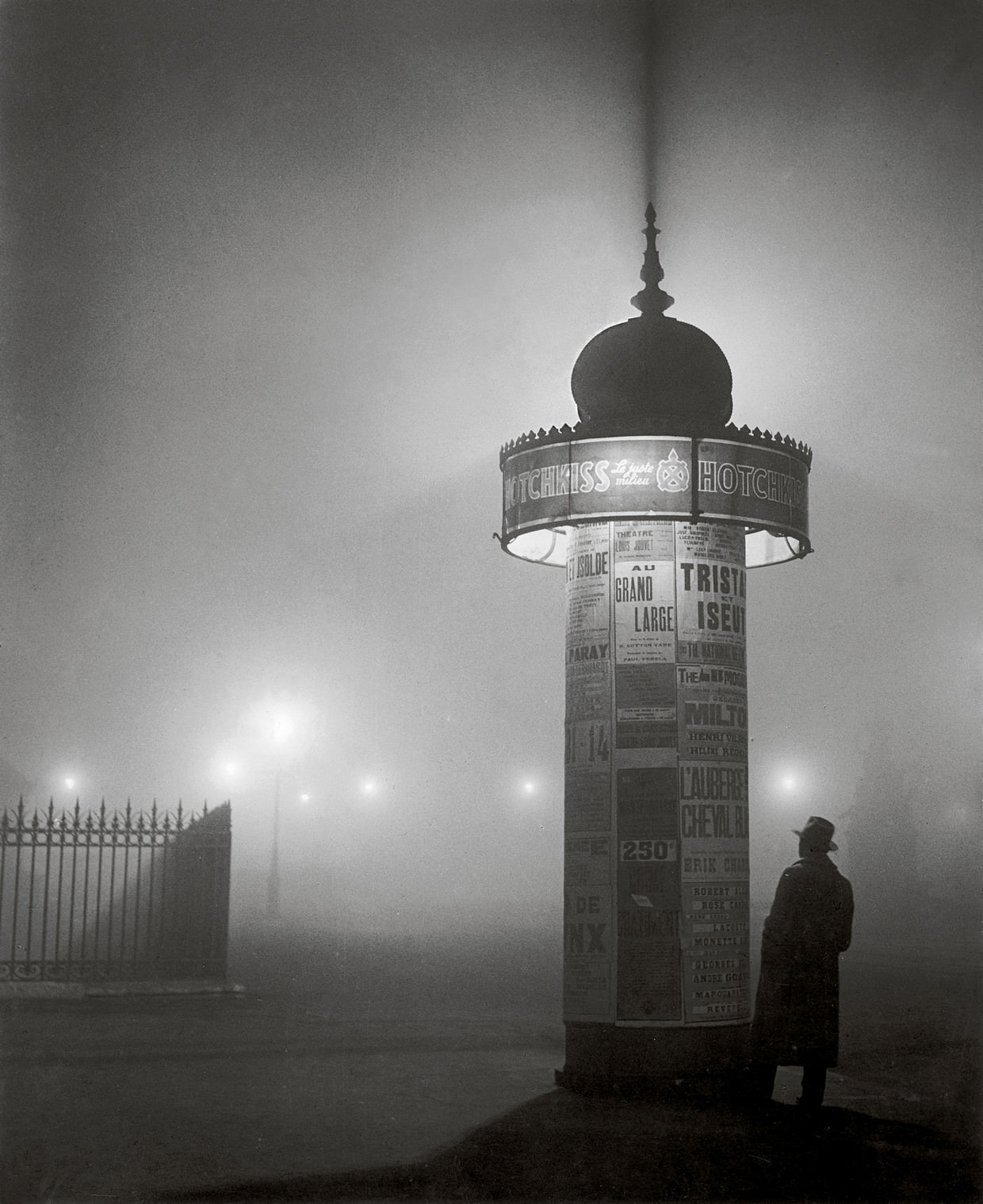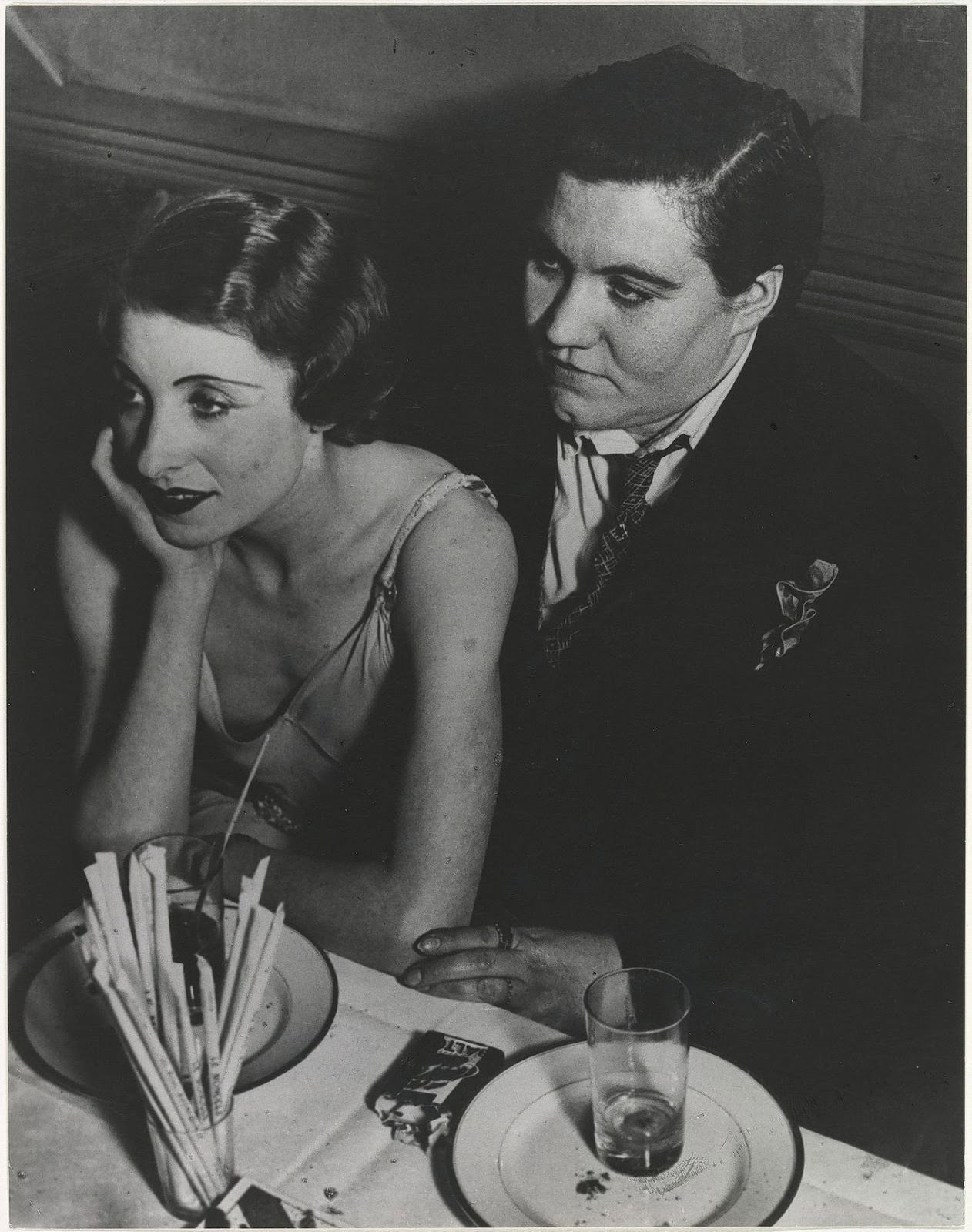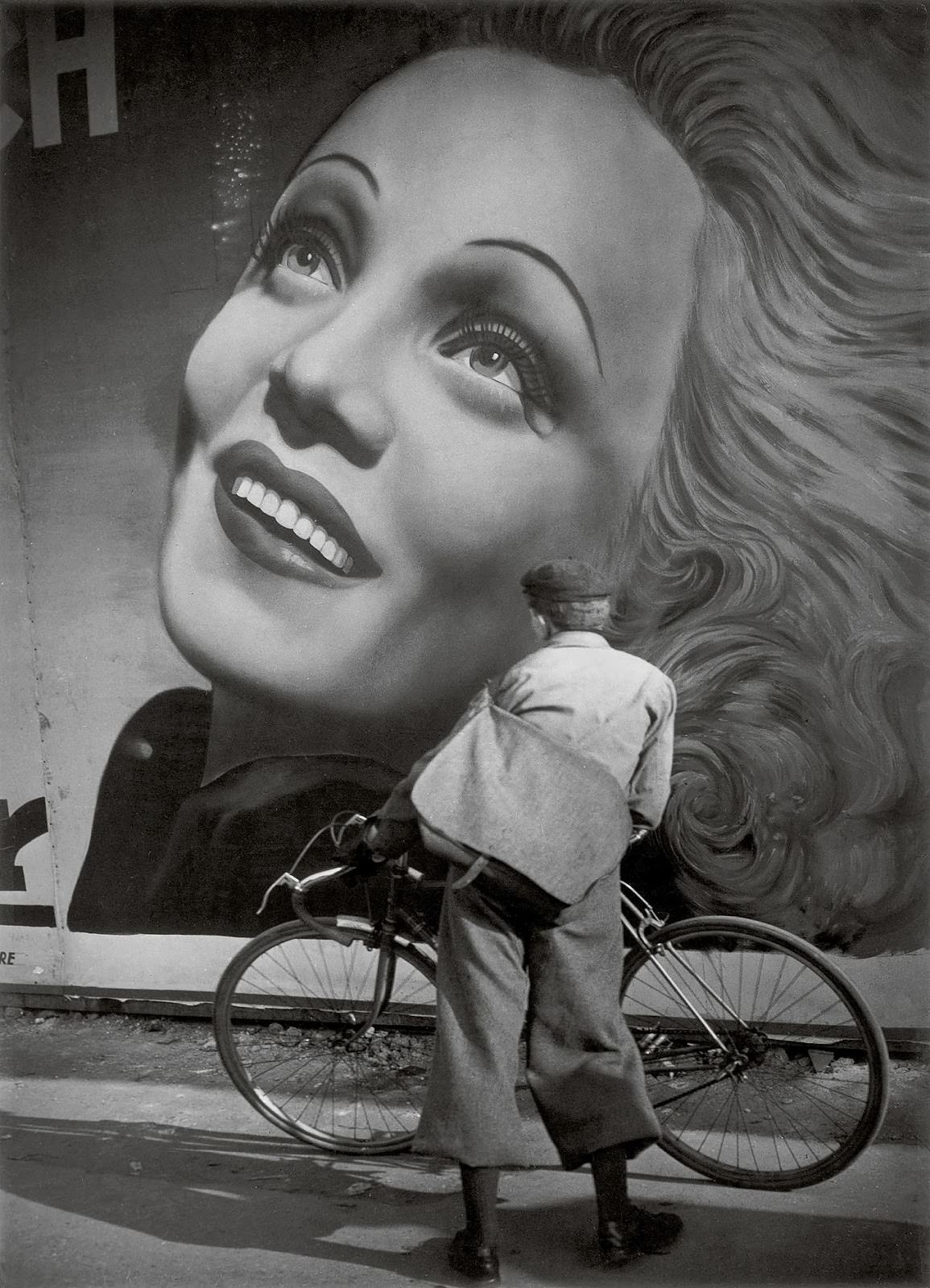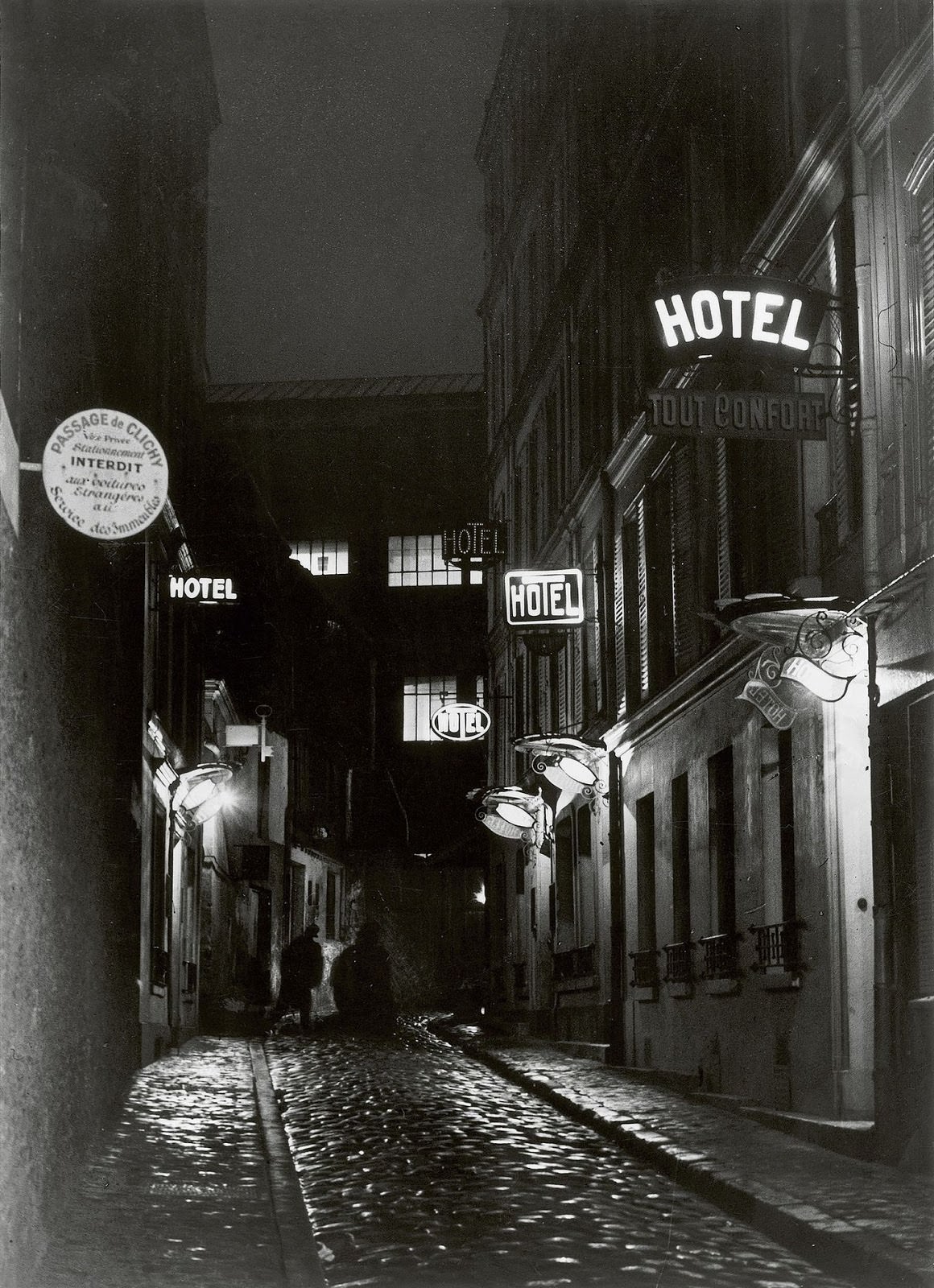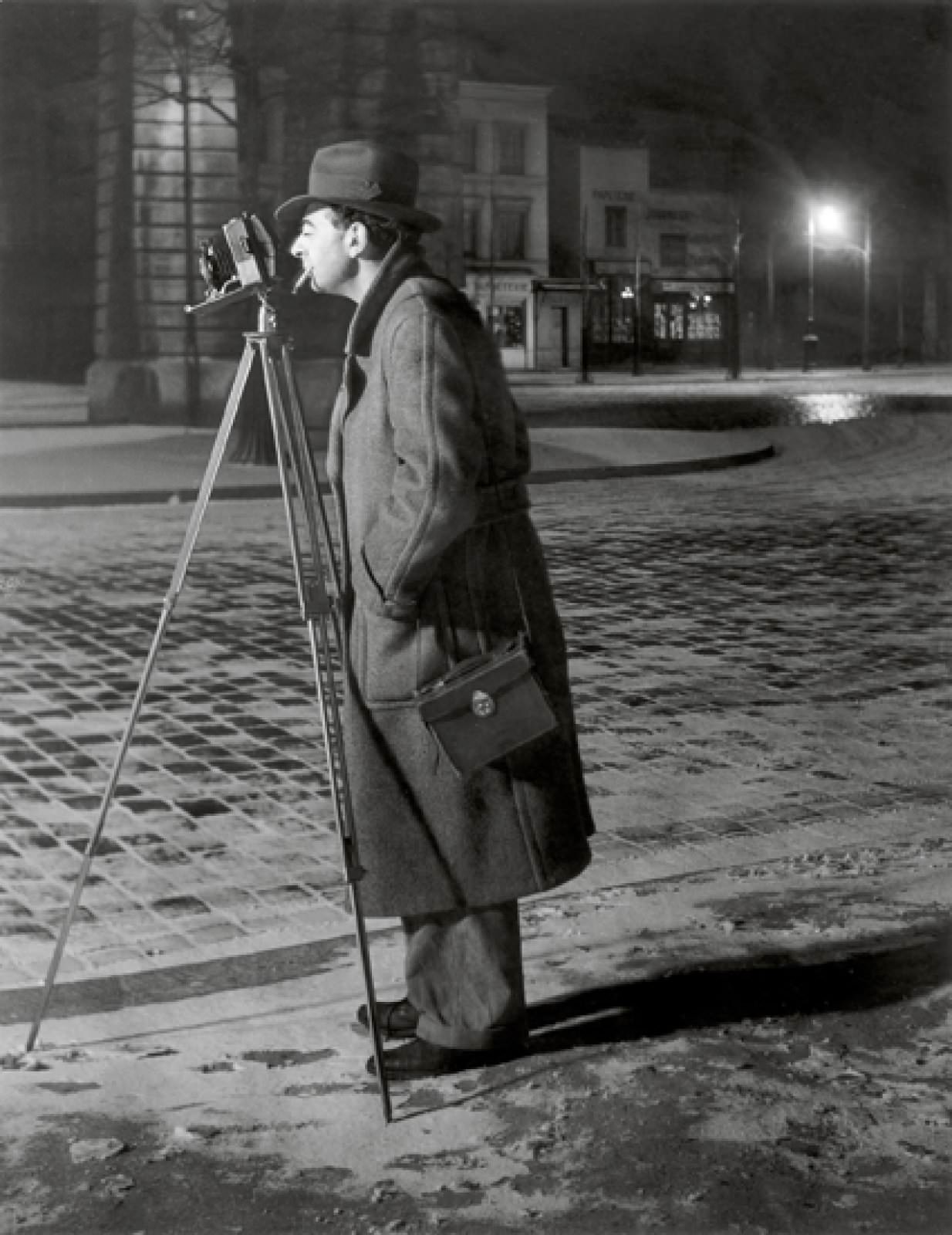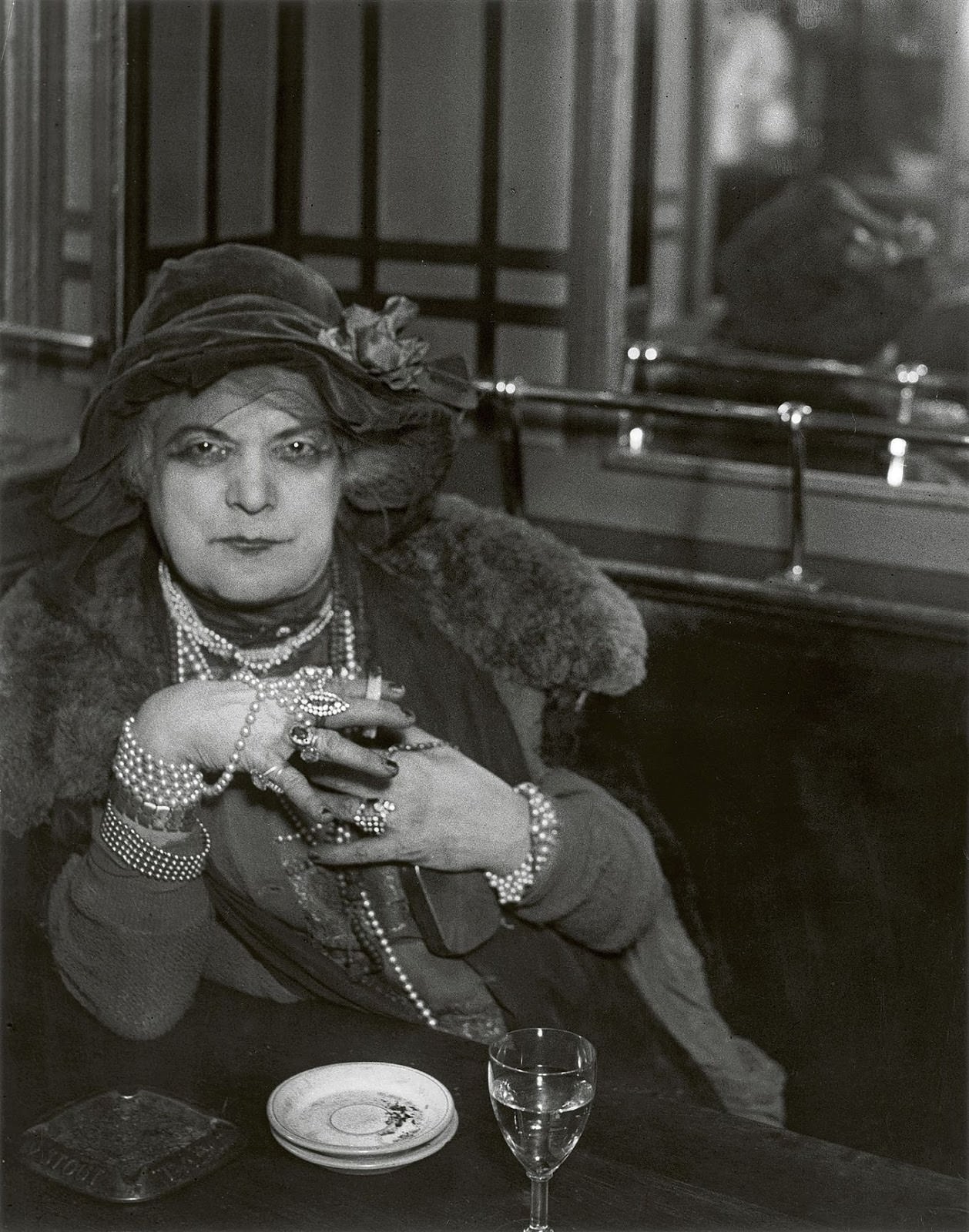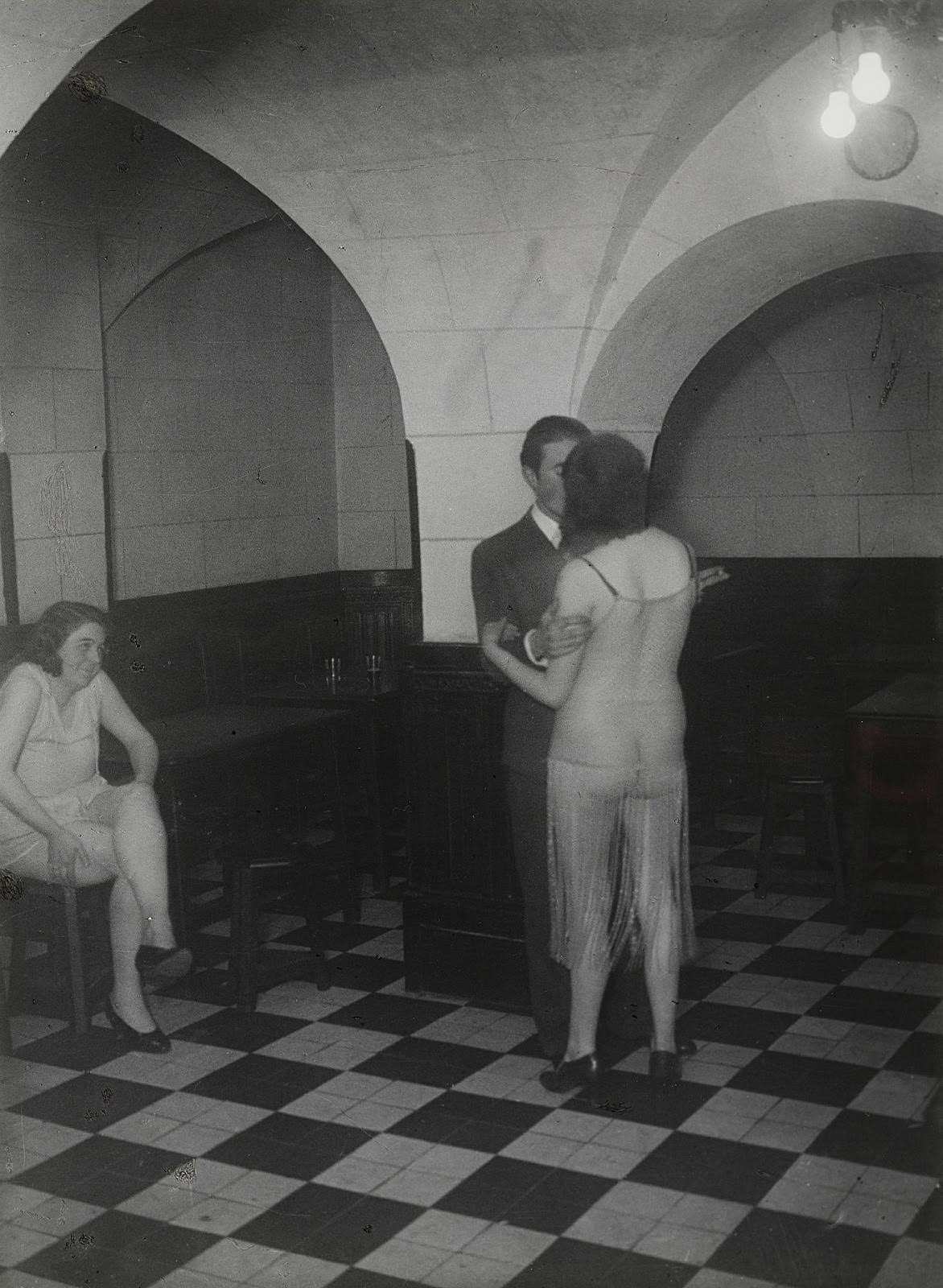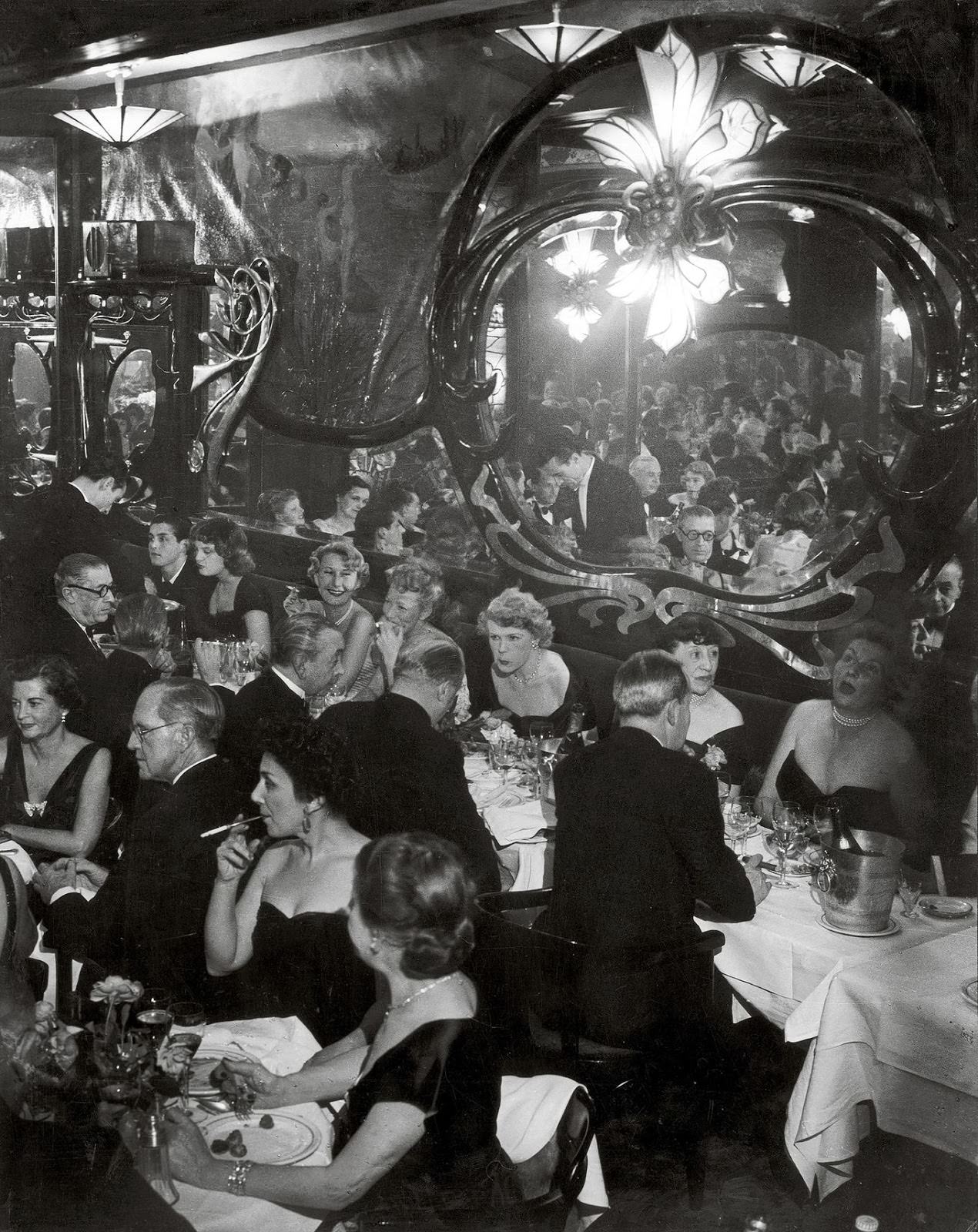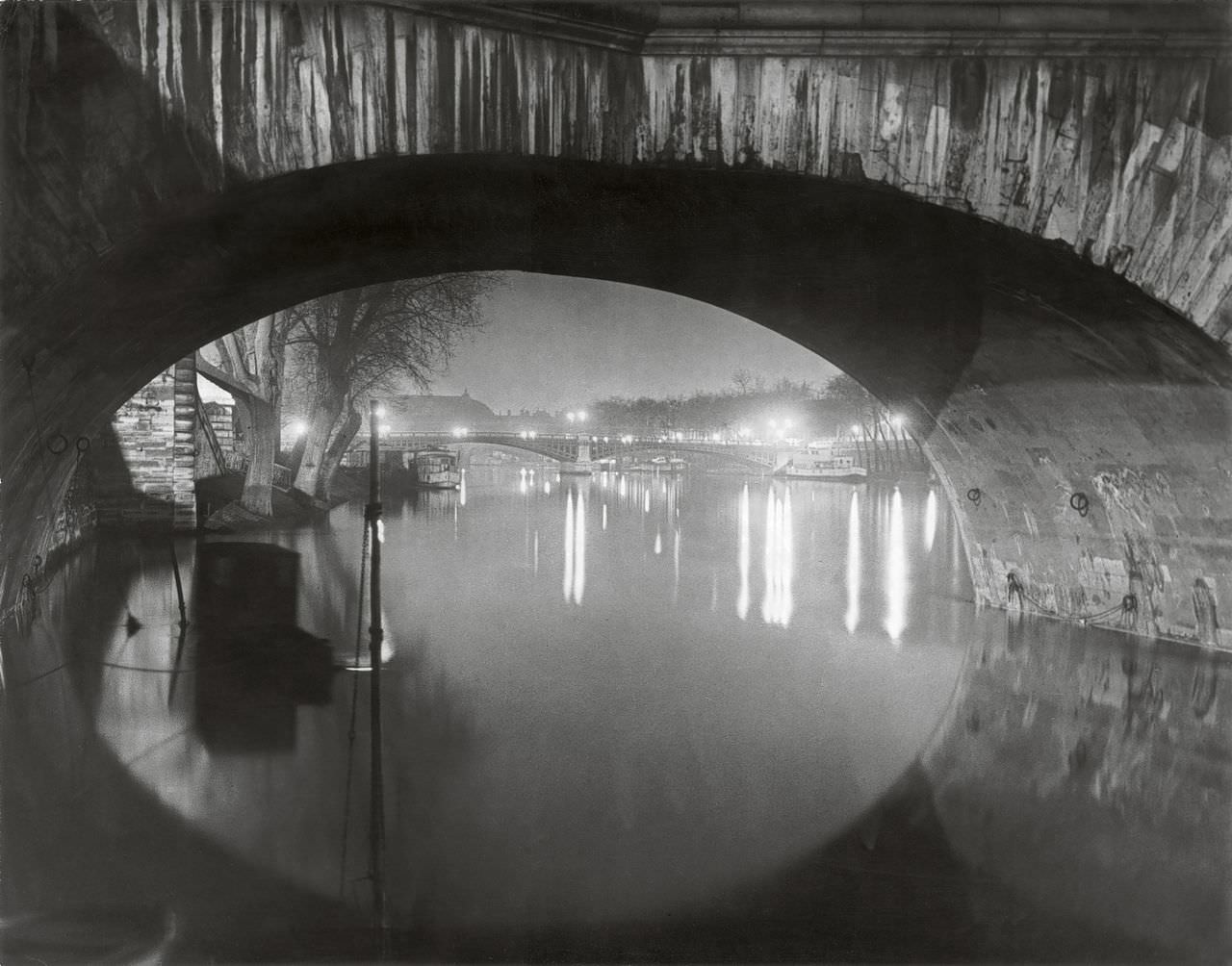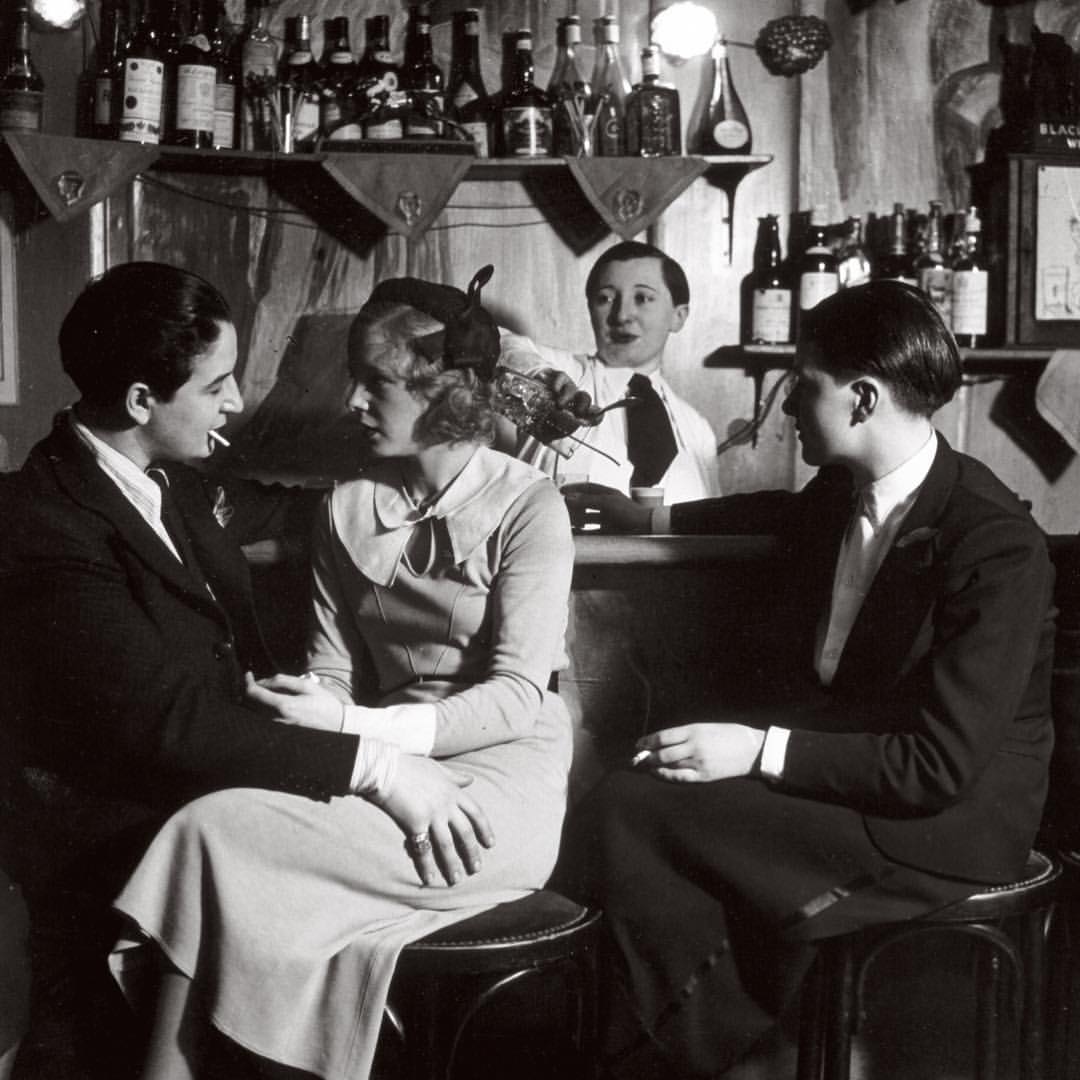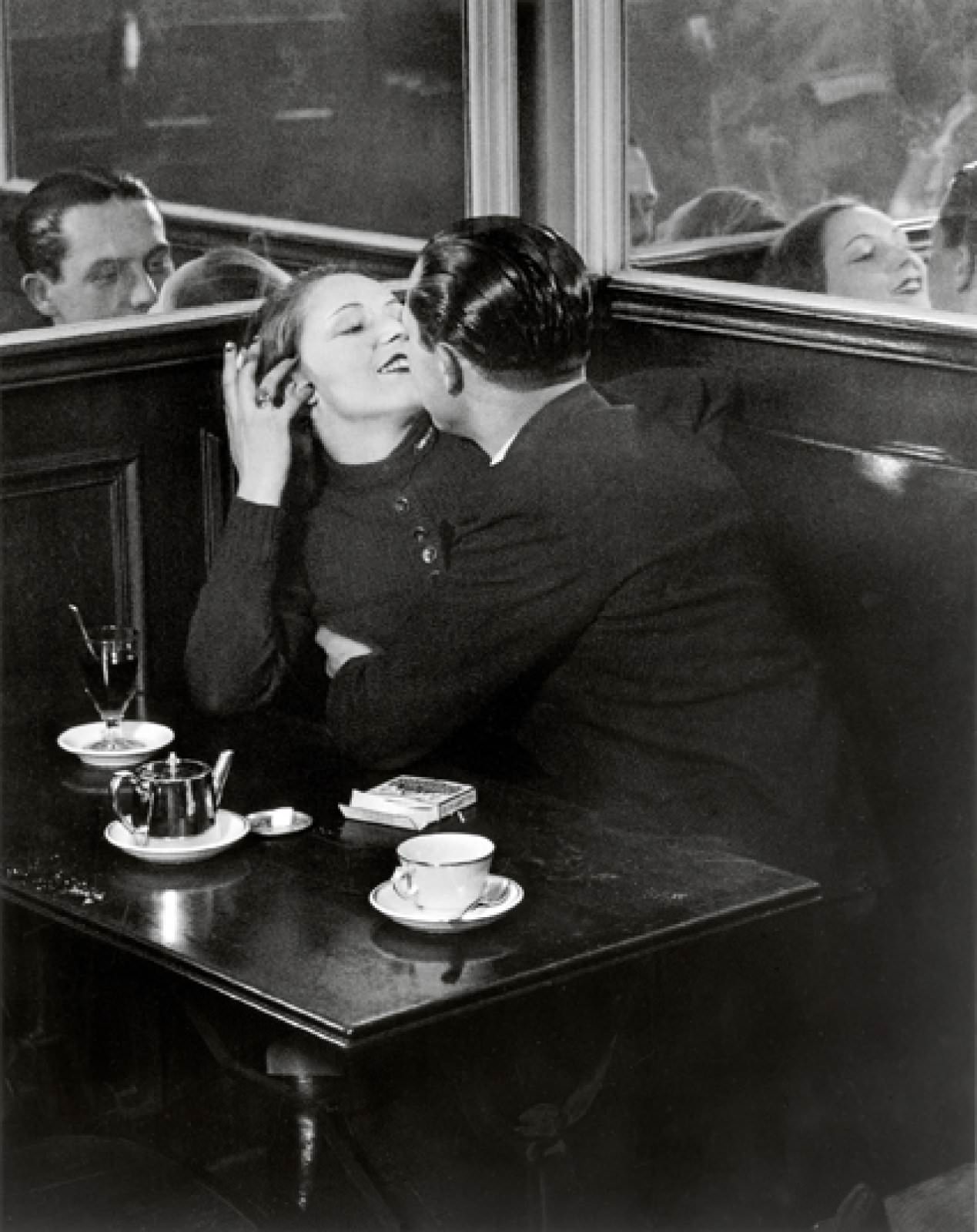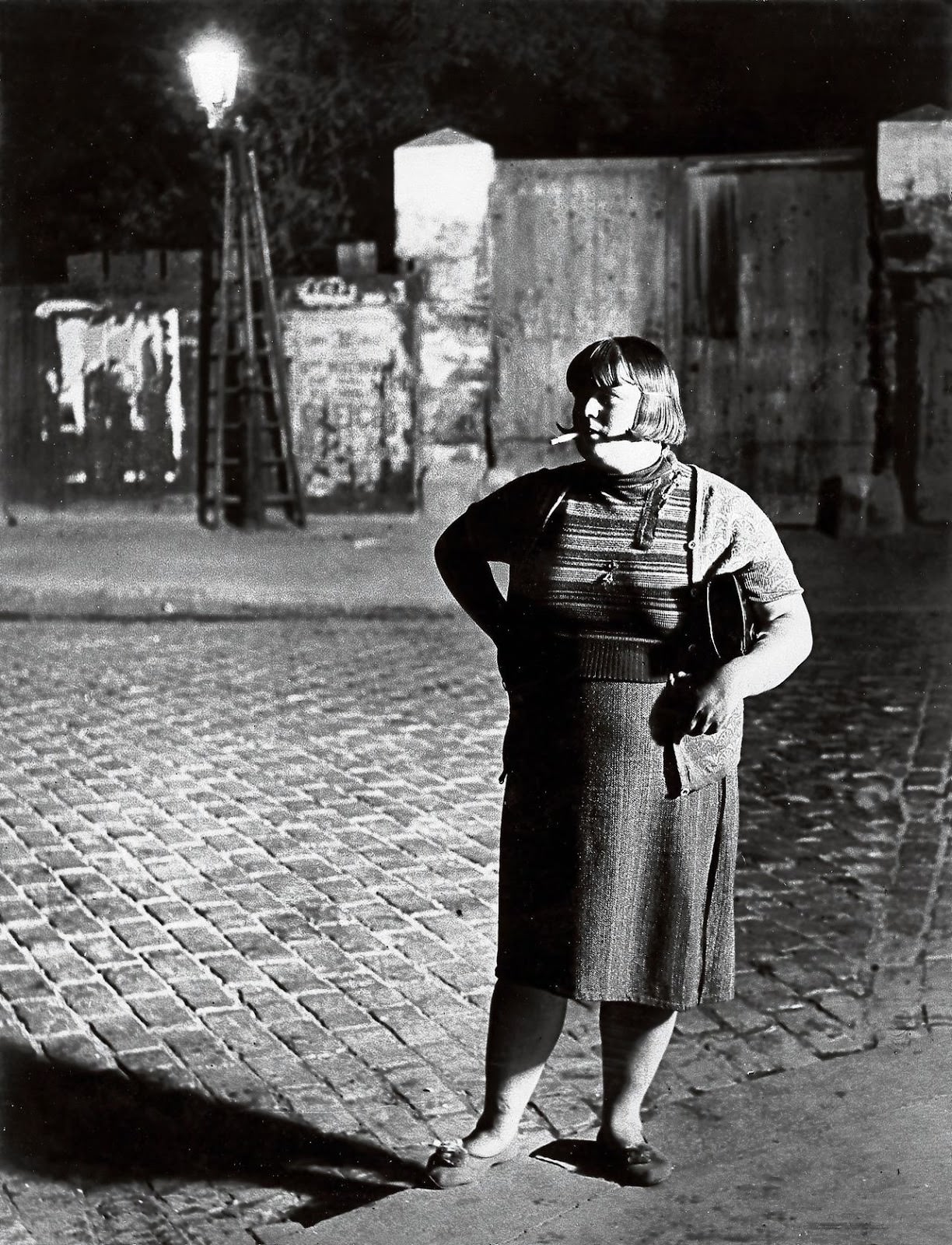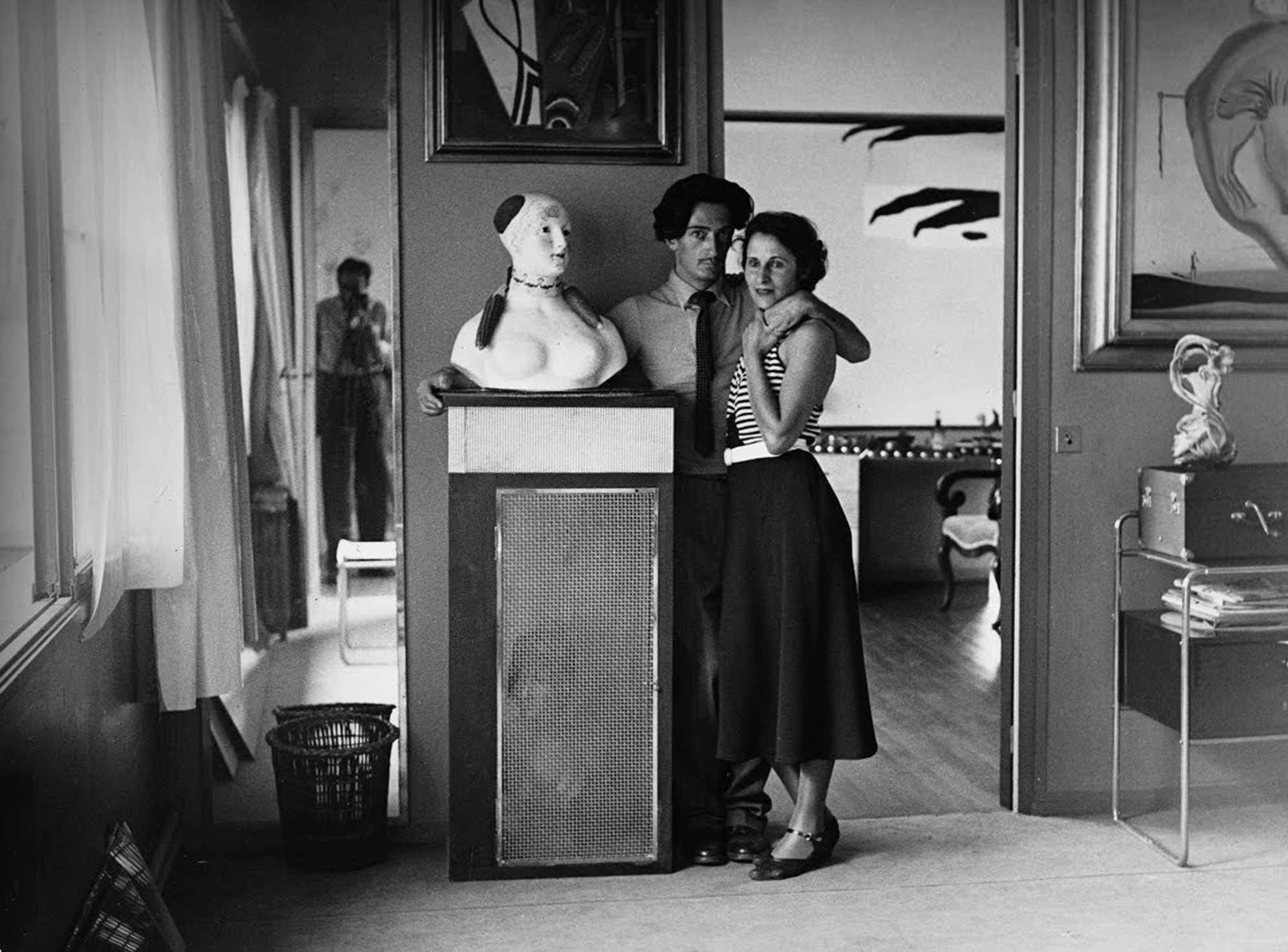Brassaï – First Retrospective in the Netherlands
This fall, Foam presents the first retrospective of Brassaï in the Netherlands.
This French photographer of Hungarian descent is considered as one of the key figures of 20th-century photography. Brassaï (1899- 1984) created countless iconic images of 1930s Parisian life. He was famous for capturing the grittier aspects of the city, but also documented high society, including the ballet, opera, and intellectuals – among them his friends and contemporaries like Pablo Picasso, Salvador Dalí and Henri Matisse. The exhibition at Foam traces his career with over 170 vintage prints, plus a selection of drawings, a sculpture and documentary material, until 4 December 2019.
Brassaï gathers many of the artistic facets of the photographer, from photos to drawings of female nudes. It is organized in twelve thematic sections: Paris by Day, and by Night, Minotaure, Graffiti, Society, Places, and Things, Personages, Sleep, Pleasures, Body of a Woman, Portraits – Artists, Writers, Friends, and The Street. Each is very different from the next – reflecting the diversity of Brassaï’s photographic work.
Brassaï is organized by Fundación MAPFRE in collaboration with Foam.
About the author
Gyula Halász, Brassaï’s original name, was born in 1899 in Brassó, Transylvania (then part of the Austro-Hungarian empire, nowadays Brasov, Romania). He studied at the University of Arts in Berlin before finally settling in Paris in 1924, a city that was to become the main subject of his work. He started as a painter but soon discovered that his strongest and most original talent lay in photography.
To keep his real name for his paintings, he signed journalistic work, caricatures, and photographs with ‘Brassaï’ (‘from Brassó). His photos would make this pseudonym more famous than his real name. Brassaï’s work of the 1930s would become a cornerstone of a new tradition as photography was discovered as a medium with aesthetic potential. A generation earlier photographers had merely emulated the established arts. Now photography became an art in itself and the perfect medium to capture modern life.
Hungarian-born French photographer, poet, draughtsman, and sculptor, known primarily for his dramatic photographs of Paris at night. His pseudonym, Brassaï, is derived from his native city.
Brassaï trained as an artist and settled in Paris in 1924. There he worked as a sculptor, painter, and journalist and associated with such artists as Pablo Picasso, Joan Miró, Salvador Dalí, and the writer Henry Miller. Although he disliked photography at the time, he found it necessary to use it in his journalistic assignments and soon came to appreciate the medium’s unique aesthetic qualities.
Brassaï’s early photographs concentrated on the nighttime world of Montparnasse, a district of Paris then noted for its artists, streetwalkers, and petty criminals. His pictures were published in a successful book, Paris de Nuit (1933; Paris After Dark, also published as Paris by Night), which caused a stir because of its sometimes scandalous subject matter. His next book, Voluptés de Paris (1935; “Pleasures of Paris”), made him internationally famous.
When the German army occupied Paris in 1940, Brassaï escaped southward to the French Riviera, but he returned to Paris to rescue the negatives he had hidden there. Photography on the streets was forbidden during the occupation of Paris, so Brassaï resumed drawing and sculpture and began writing poetry. After World War II, his drawings were published in book form as Trente dessins (1946; “Thirty Drawings”), with a poem by the French poet Jacques Prévert. Brassaï turned again to photography in 1945, and two years later a number of his photographs of dimly lit Paris streets were greatly enlarged to serve as the backdrop for Prévert’s ballet Le Rendez-vous. Many of Brassaï’s postwar pictures continued the themes and techniques of his early work. In these photographs Brassaï preferred static over active subjects, but he imbued even the most inanimate images with a warm sense of human life.
(Via Encyclopedia Britannica)
Brassaï
Foam Museum, Amsterdam, Netherlands
Friday 13 September 2019 – Wednesday 4 December 2019
More info on:
https://www.foam.org/

